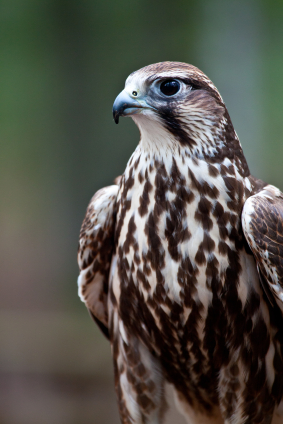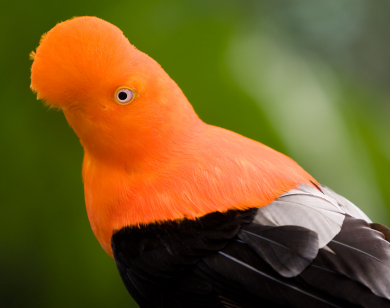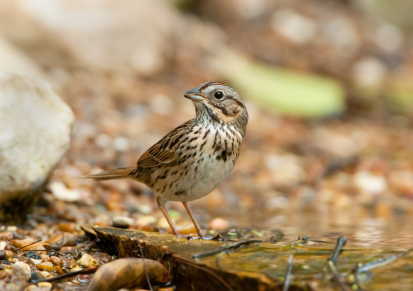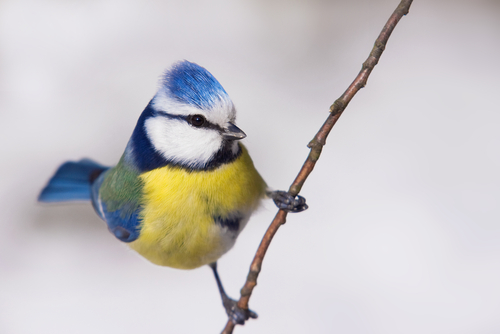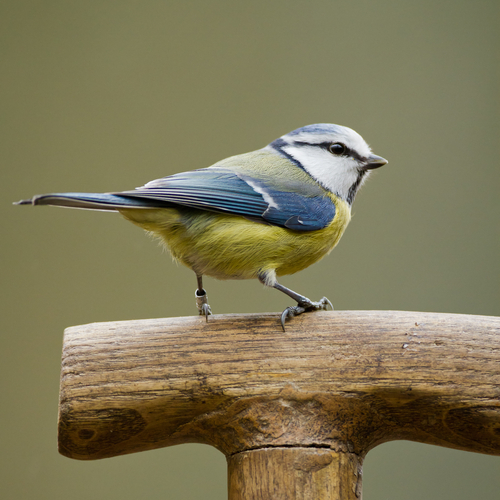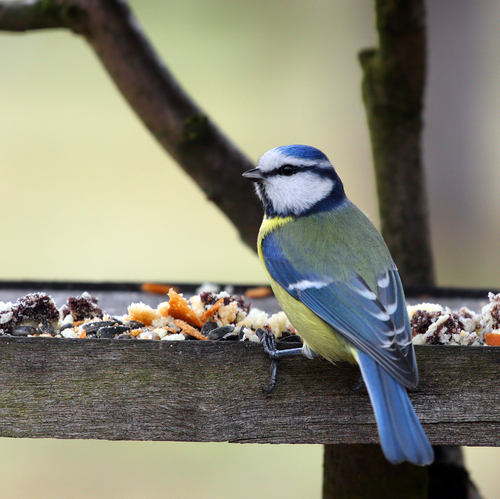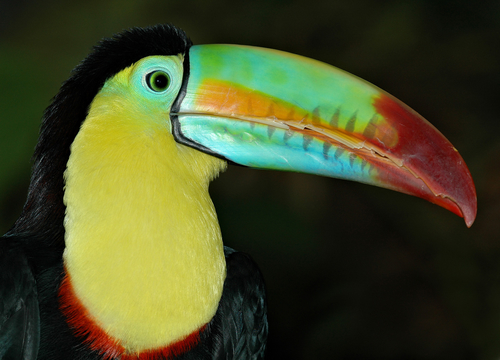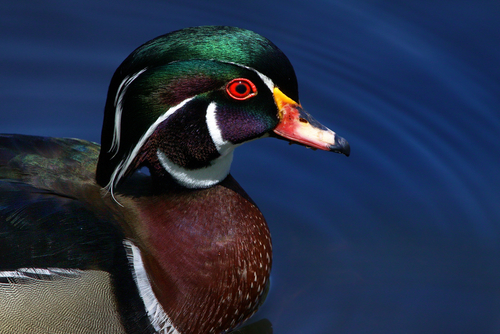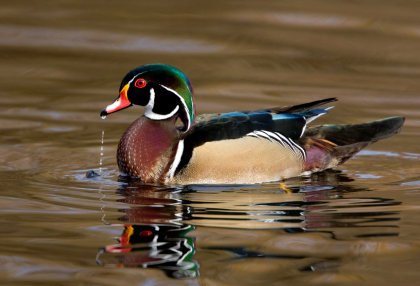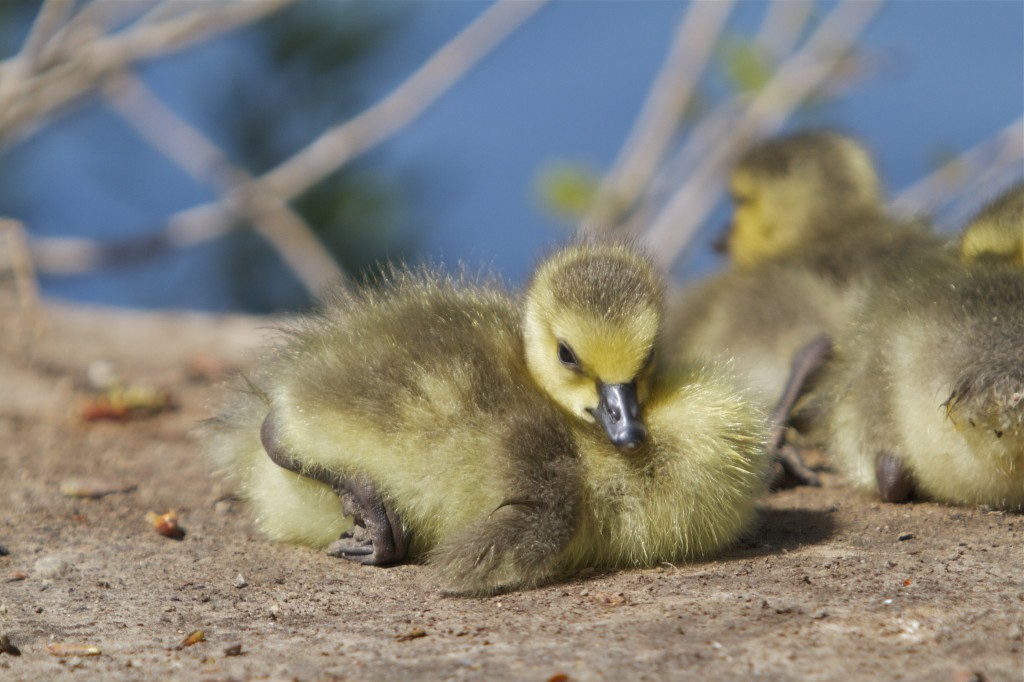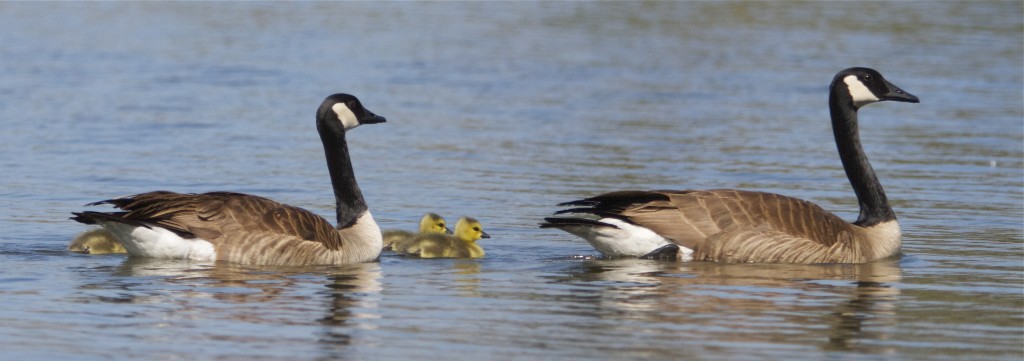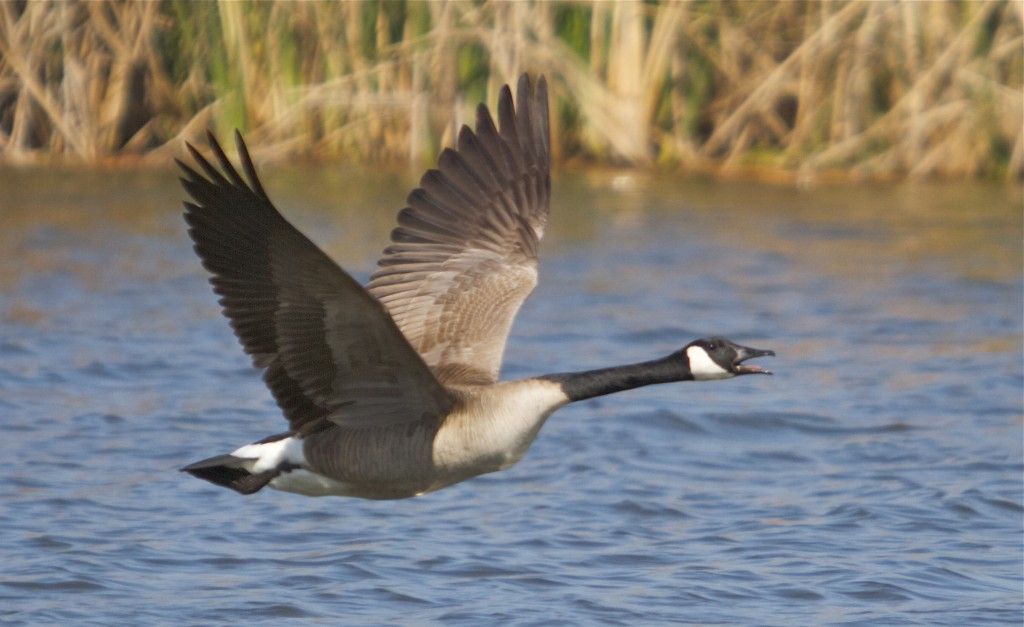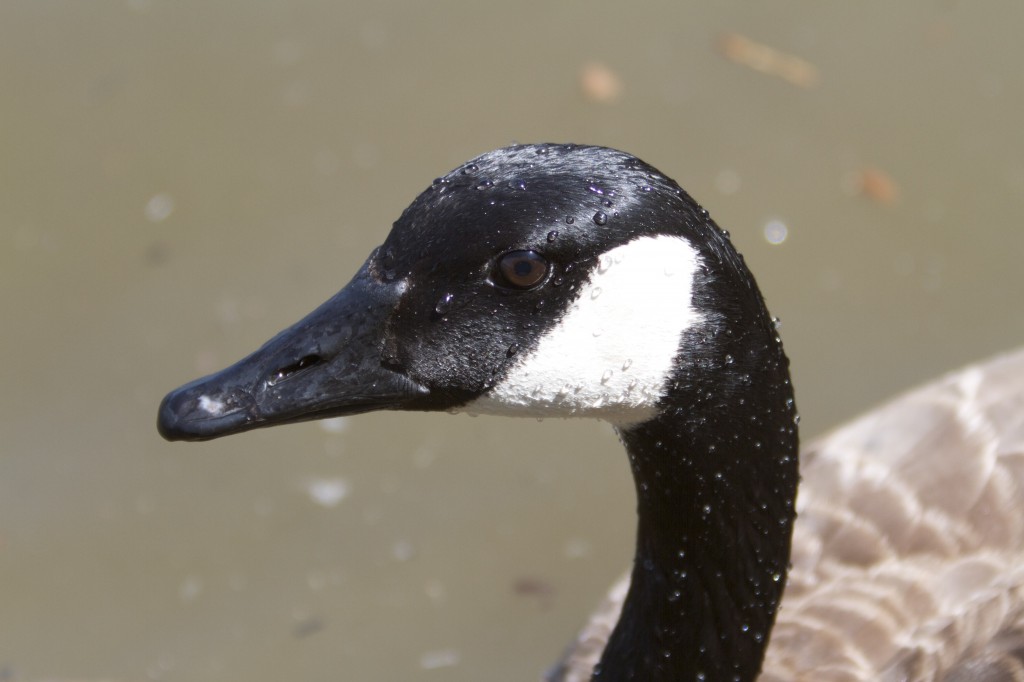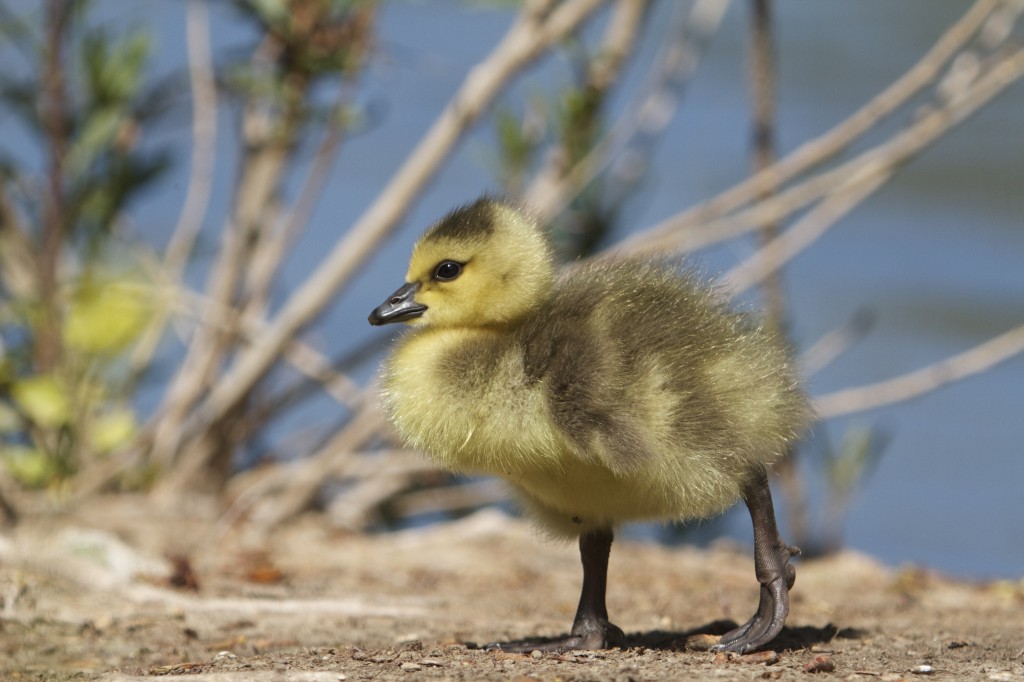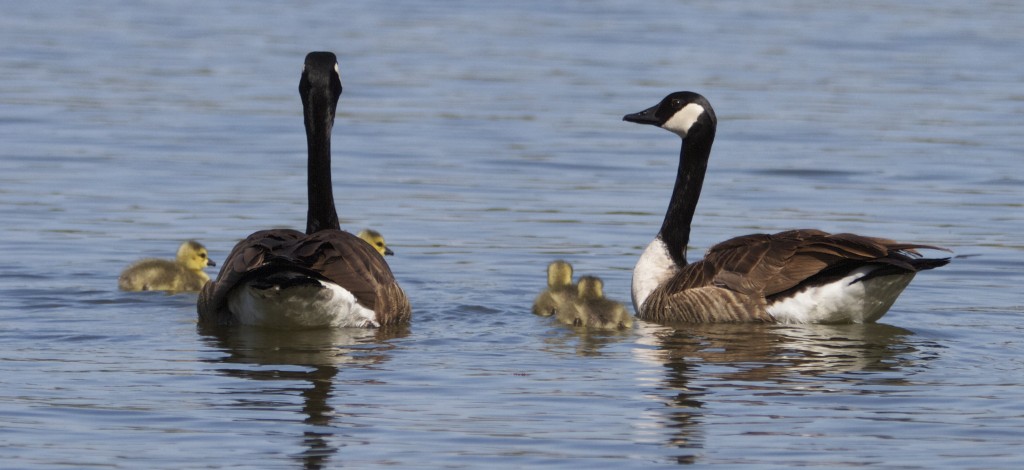For those of you who know us, you know that fewer than five minutes will pass before we begin talking birds. And, shortly thereafter, you’ll come to understand how passionate we are about encouraging people to get outside and connect with nature. We believe that our interest in the environment and in conservation stems directly from our repeated childhood exposure to nature and wildlife. As two girls who grew up on a farm, it is fair to say that our love for nature was simply ingrained in us from day one. More than ever, we see that children are experiencing fewer interactions with nature and enjoying less time spent outdoors. This makes us sad because, among the greatest gifts our parents ever gave us, was exposure to the natural world.

- Michelle (left) and Danielle (right) spending time with some of the alpaca crias (babies) on the farm.
Through our involvement with phenomenal groups, like Flying Wild and the Wild Bird Feeding Industry Research Foundation, we have seen, firsthand, how powerful education can be if it is made accessible and accompanied by mentorship. I invite you to read a story I recently posted on the Global Birding Initiative Blog. It is a short tale about five vastly different birders who founded a friendship, a later developed an organization, based on a common goal: to creatively inspire global interest in birds and birding, so as to positively impact conservation and people’s lifestyles. This meeting occurred almost exactly one year ago, and it truly amazes me just how far we’ve come…

In August 2011, a group of diverse birders from around the globe fortuitously connected at Bird Fair in Rutland, England. With roots in five different continents and diverse birding interests, these birders were geographically and demographically a very unlikely match. Apparently, that didn’t matter one bit! You see, as it turns out, birders from all walks of life can easily connect on one fundamental level: their love and appreciation for birds.

- Birdfair 2012 starts in just a couple of days. We’re so sad we couldn’t make it this year.
Enjoying brews and bird banter at a local pub one evening, this bunch quickly discovered their shared desire to promote bird awareness, appreciation and conservation ethic. If you’re thinking ‘these goals are not uncommonly shared goals by those who typically bird,’ you are absolutely right! In fact, this particular group of birders was probably in the presence of, at least, 25,000 others in Rutland who felt quite similarly.

- Rutland, England – August, 2011
Though, it went further than this. This group shared a vision. Together, they imagined what the world would look like if birders from all across the birding spectrum united and worked together toward the greater good. Just as birds have no boundaries, they envisioned a dynamic and cohesive global birding community that spanned all continents. In their minds, this new global birding culture would revolve around a collective desire to fledge new generations of birders and conservationist minded citizens.
They each recalled their first birding experiences and expressed how those moments have definitively and positively affected their lives. They agreed that exposure to birds and nature is key to developing sensitivity for wildlife. And they hoped that more people could experience the joy and thrill of birding. In fact, every one of them considered their commitment to environmental responsibility a direct result of having been a birder. Their dream of future generations that are more environmentally conscious and responsible seemed achievable with the development and support of a unified, engaged and active global birding community.
The next day, they could not help but feel as though they were on to something. They resolved to continue the conversation once they returned home. A few months later, still inspired by the zeal felt that evening back in Rutland, they knew they had to take steps, if only baby ones, in order to bring this vision to life. The group, then, excitedly agreed to reach out to a couple of others soon jumped on board. By the start of the New Year, the synergy experienced months before only enhanced. The ingredients were there: passion, determination, and just enough unreasonableness to make all of this happen.
The group began to dialogue about how to creatively inspire global interest in birds and birding, so as to positively impact conservation and people’s lifestyles. With a dream of what the future of birding could be, and the hope that birders worldwide are as fervently committed to generating interest in birds, birding and by extension the natural world, The Global Birding Initiative (GBI) was hatched.

Pledge to Fledge
Through its flagship program, “Pledge to Fledge,” a grassroots birding outreach movement, GBI mobilizes birders throughout the world to share their appreciation for birds with others. GBI’s inaugural “Pledge to Fledge” Campaign is set to take flight on August 24th – 26th, 2012.
To learn more about events going on near you, please join us on Facebook and on Twitter!
Happy Fledging!!!
Danielle + Michelle













